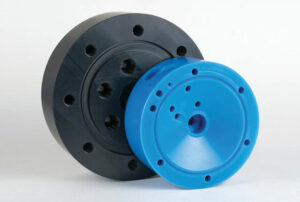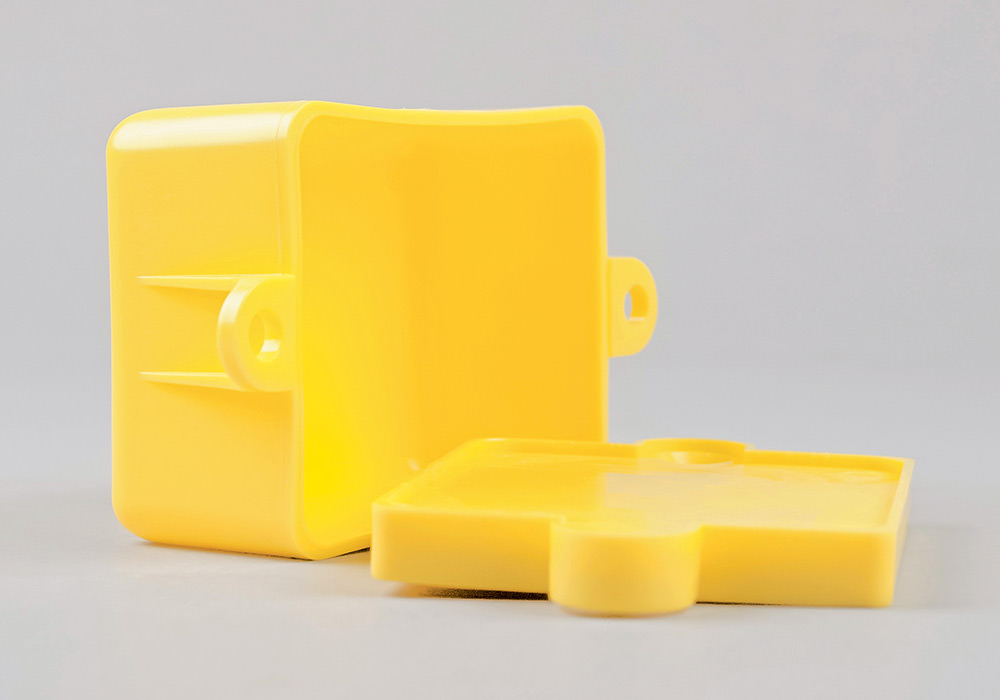The world of CNC machining is expansive and complicated. Those who aren’t familiar with the industry can have misconceptions about the industry and how things truly function. In the following post, we’ll review some of the biggest myths around the cnc machining industry, and then we’ll unveil the truth.
Myth 1: CNC Plastic Machining is Entirely Automatic

A lot of people think that CNC machining is a “set it and forget it” solution when they hear “computer-controlled.” In a CNC machining process, a computer performs most of the heavy lifting, but it would be inaccurate to say that engineers can press a button, walk away from the machine, and return to a flawlessly executed part. Sure the operator is not moving tools by hand or shifting the table themselves, but they still play an essential role.
Skilled CNC professionals will have to recalibrate the machine tools if they shift or wear during production. In order to keep CNC machines running smoothly, CNC machinists must monitor cycles, measure workpieces, replace dull tools, and perform other critical maintenance tasks. It is true that CNC machining isn’t fully automatic, but with a skilled machinist to monitor production, nearly uniform quality is achievable.
Myth 2: CNC Plastic Machining is Slow
Recent technological advancements have not only made CNC machining more affordable, but it has also become faster. Low-volume CNC machining can be completed in as little as a week depending on the technology used. As CNC machining produces repeatable, high-quality parts, this process also makes it easier for engineers to calculate production times and stay on schedule.
Myth 3: Choice of Material Isn’t That Important
Some designers choose not to specify what material they want because it seems trivial. This couldn’t be further from the truth. Material selection could be a difference between a $100,000 part that does not suit your application, and a $500 part that does.
Material selection is a critical part of the process. It determines factors such as:
- Cost
- Turnaround time
- Operational success
- Lifespan of the part
- Operation
- Type of fabricator
- Strength, flexibility, and temperature resistance of the part
In order to improve your experience, you should select the material before beginning the design phase (if possible).
Myth 4: Plastic Cuts the Same as Metal
You can in fact CNC Plastic. However, the methods and strategies for machining plastic greatly differ from that of metal. Plastic is much softer and has a different material make-up, meaning machining speeds need reduced when cutting plastic. Plastic is far more brittle than metals, and can crack or split during manufacturing. It’s important to use proper tooling and fixturing methods when working with plastic to avoid scrap parts.
For this reason, many machine shops will avoid plastic, as it requires different attention than their other work. This results in a lot of plastic machine shops, where they are dedicated solely focused on processing plastics. Due to their specialty, it often makes a plastic machine shop more trustworthy than your average machine shop because they exclusively focus on plastic.
All the same above principles apply to plastic machining though. For example with materials, it can be very different to machine FR4 than it is to machine Delrin.
It’s important to find a plastic fabrication company near me that is capable of handling all the subtleties of machining plastic products.
Work With Those You Can Trust | CNC Plastic
As you can see, there’s a lot to think about when it comes to manufacturing and CNC machining. Whether you work with plastic or with metal, variables never cease. It’s important to work with machining professionals you can trust, who will provide peace of mind that your product will get the attention it deserves.

